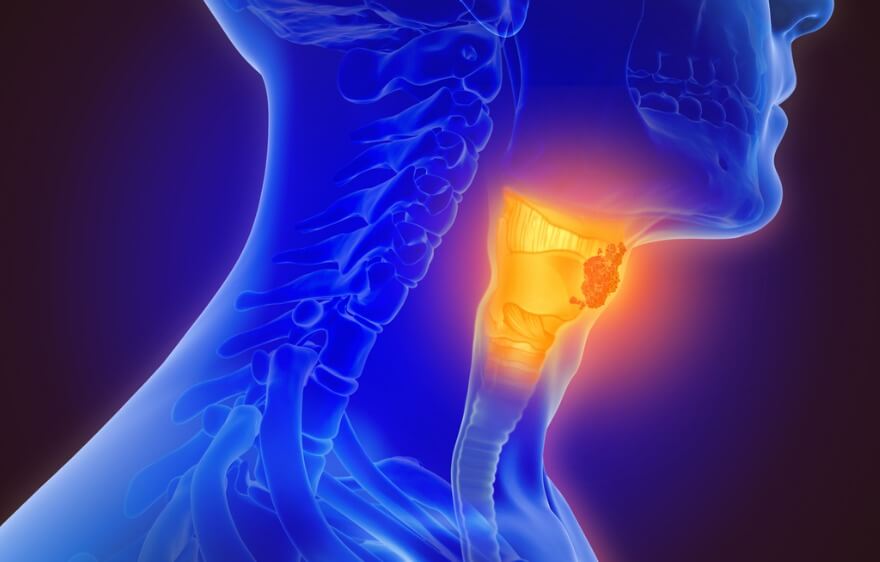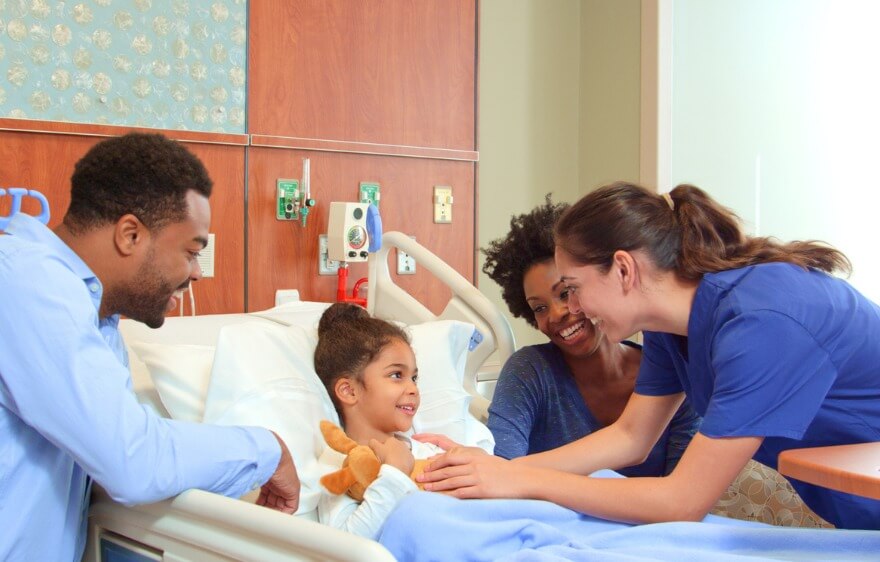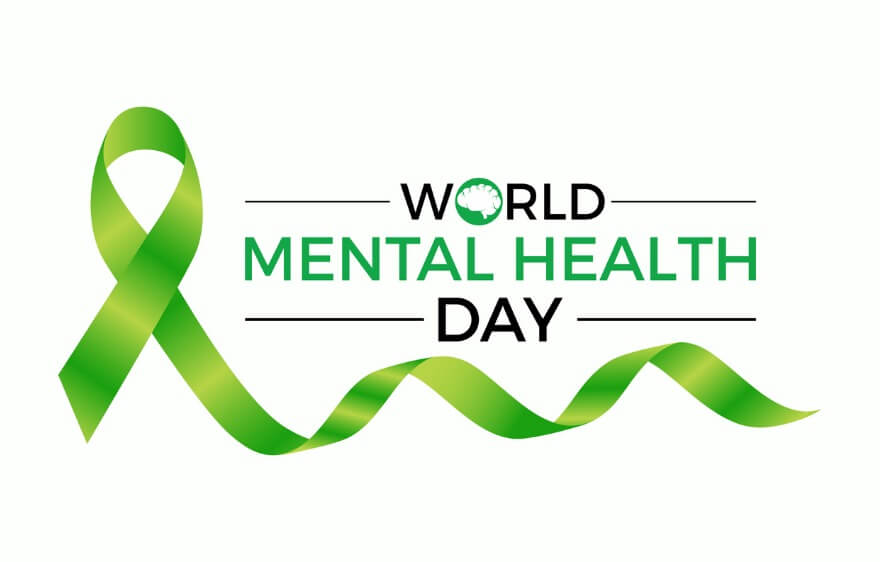Imagine trying to speak and finding your voice suddenly faint or breathy. Or trying to breathe deeply, only to feel restricted as if something inside is holding you back. For people living with vocal cord paralysis, these challenges are part of daily life. Whether you’re a concerned parent, a patient, or someone simply curious about the condition, this guide is here to help you understand vocal cord paralysis more clearly.
In this detailed and easy-to-understand overview, we’ll walk through what this condition means, what causes it, who is at risk, and the treatments available. You’ll also learn more about the unique challenges and considerations involved in caring for a child with paralyzed vocal cords, including the benefits of pediatric home health services.
What Is Vocal Cord Paralysis?
Vocal cord paralysis occurs when one or both vocal cords, also known as vocal folds, lose their ability to move. These folds are located inside the larynx, or voice box, and play an essential role in producing sound, protecting the airway during swallowing, and controlling breathing.
In a healthy larynx, the vocal cords open to allow air to pass through when you breathe and come together to produce sound when you speak or sing. If one or both cords are paralyzed, they can’t move properly. This can result in hoarseness, difficulty breathing, swallowing problems, or even a complete loss of voice.
Paralysis can be either unilateral, where only one vocal cord is affected, or bilateral, where both cords are immobile. The severity of symptoms varies depending on which type is present.
Understanding the Risk Factors
Vocal cord paralysis can happen to anyone, but certain factors increase the likelihood of developing it. Understanding these risk factors can help family members and caregivers stay alert to early signs and seek prompt medical attention when needed.
Medical Procedures and Surgeries
Surgeries involving the neck, chest, or upper spine can sometimes injure the nerves that control the vocal cords. Procedures such as thyroid or parathyroid surgery, carotid artery surgery, or even some heart surgeries are among the most common culprits.
Neurological Conditions
Certain neurological conditions, such as multiple sclerosis, Parkinson’s disease, or a stroke, can interfere with the signals sent to the vocal cords. In these cases, paralysis is part of a broader pattern of nerve dysfunction.
Tumors
Both benign and malignant tumors in the brain, neck, chest, or near the laryngeal nerve can press on or damage the nerves that control vocal cord movement.
Viral Infections
Some viruses can cause inflammation that affects the nerves leading to vocal cord function. These infections might present as a common cold or flu, but leave lasting nerve damage in rare cases.
Trauma
Blunt force trauma or severe injuries to the neck or chest can also lead to vocal cord paralysis. In some cases, intubation during emergency care may cause injury, especially if it was prolonged or difficult.
Idiopathic Causes
In a significant number of cases, no clear cause is identified. This is known as idiopathic vocal cord paralysis. Despite extensive testing, the origin of the nerve dysfunction remains unknown, although spontaneous recovery is possible in some of these cases.
Recognizing the Symptoms
The symptoms of vocal cord paralysis can vary widely. Often, they depend on whether one or both cords are affected, and whether the cords are stuck in an open or closed position.
Common symptoms:
- Hoarseness or breathy voice: This is often the first noticeable sign. The voice may sound weak, airy, or strained.
- Difficulty speaking loudly: You may notice that your voice tires easily or becomes inaudible in noisy environments.
- Swallowing problems: Food or liquids may feel like they go down the wrong way. Coughing or choking while eating is common.
- Shortness of breath: Especially if both vocal cords are paralyzed, breathing can become difficult or noisy.
- Frequent throat clearing: A feeling of something stuck in the throat or the need to constantly clear it may occur.
These symptoms can mimic those of other conditions, which is why proper diagnosis is essential.
How Vocal Cord Paralysis Is Diagnosed
If you or a loved one is experiencing symptoms suggestive of vocal cord paralysis, the first step is to consult an ENT specialist. Diagnosis typically involves a combination of the following:
Medical History and Physical Exam
The doctor will ask about your symptoms, medical history, recent surgeries, and any neurological issues. Your doctor will generally perform a general physical exam, focusing on the head, neck, and throat.
Laryngoscopy
This is the most direct way to assess vocal cord function. A thin, flexible tube with a light and a camera is inserted through the nose or mouth to view the vocal cords as you speak and breathe.
Laryngeal Electromyography (EMG)
This test evaluates the electrical activity of the muscles that move the vocal cords. It can help determine the extent of nerve damage and whether recovery is likely.
Imaging Tests
Depending on the suspected cause, your doctor may order CT scans or MRIs of the brain, neck, or chest to look for tumors, structural abnormalities, or nerve compression.
Exploring Treatment Options
Treatment for vocal cord paralysis depends on the cause, severity, and the person’s voice and breathing needs. The goal is to restore voice quality, protect the airway, and improve swallowing and breathing.
Voice Therapy
In many cases, especially with unilateral paralysis, speech-language therapy is the first line of treatment. A speech therapist works with patients on breathing techniques, voice projection, and safe swallowing strategies. Voice therapy can be particularly helpful when there’s a chance of spontaneous recovery.
Surgery
When voice therapy isn’t enough or when both cords are paralyzed, surgical options may be considered. These include:
- Medialization thyroplasty: A small implant is inserted to move the paralyzed cord toward the midline, helping it meet the functioning cord during speech.
- Injection laryngoplasty: A temporary or permanent filler is injected into the paralyzed cord to improve closure.
- Tracheotomy: In severe bilateral cases, where breathing is compromised, a tracheotomy may be necessary to secure the airway.
- Reinnervation surgery: Surgeons may attempt to restore nerve function by grafting a healthy nerve to the damaged one, though this is complex and not suitable for everyone.
Caring for a Child With Paralyzed Vocal Cords
Vocal cord paralysis in children adds another layer of complexity and concern. The condition may be present at birth or develop due to trauma, surgery, or neurological issues.
Early Diagnosis Is Key
If your child has a weak cry, trouble feeding, or noisy breathing (stridor), these could be signs of vocal cord paralysis. Pediatric ENT specialists and speech-language pathologists play a vital role in evaluating and diagnosing the condition.
Breathing and Feeding Support
Depending on the severity, your child may need assistance with breathing or feeding. In some cases, feeding therapy can help develop safe swallowing skills. If breathing is severely affected, surgery may be required to ensure airway safety.
Monitoring Growth and Development
Children with vocal cord paralysis should be monitored closely as they grow. Regular assessments help ensure they are meeting developmental milestones in speech, language, and nutrition.
Family Support and Advocacy
Raising a child with vocal cord paralysis can feel overwhelming at times. Connecting with other parents, seeking support groups, and working closely with your child’s healthcare team can provide emotional strength and practical guidance.
The Benefits of Home Health Services
For families of children with vocal cord paralysis, home health services can offer invaluable support and peace of mind. These services bring skilled medical care and therapy into the comfort of your home, reducing the need for frequent hospital or clinic visits.
Children who require respiratory support, feeding assistance, or ongoing speech therapy can benefit greatly from in-home nursing, occupational therapy, and speech-language pathology services. Home health professionals also provide parent education, helping caregivers feel more confident in managing equipment like feeding tubes or tracheostomies if needed.
Beyond clinical care, home health services offer emotional relief. By easing logistical challenges and ensuring continuity of care, these services allow children to remain in a familiar environment, which can be especially comforting and supportive for their development and recovery.
Helping Families With Vocal Cord Paralysis
While the diagnosis of vocal cord paralysis can be intimidating, it’s important to remember that many people live full and active lives with this condition. Advances in medical technology and therapy techniques have made treatment more effective and widely accessible.
If you or someone you care about is navigating this condition, know that you’re not alone. With the right medical care, voice therapy, and support, it is entirely possible to regain communication, confidence, and quality of life.
Schedule Your Child’s Care Assessment Today
At Care Options for Kids, we understand the unique challenges of caring for a child with severe health conditions. Our dedicated team of pediatric home health care nurses is here to support your family with compassionate, expert care tailored to your child’s needs. Contact us today to schedule an assessment and learn how we can help you navigate this journey with confidence and care.
Click here to start your journey to better care.






